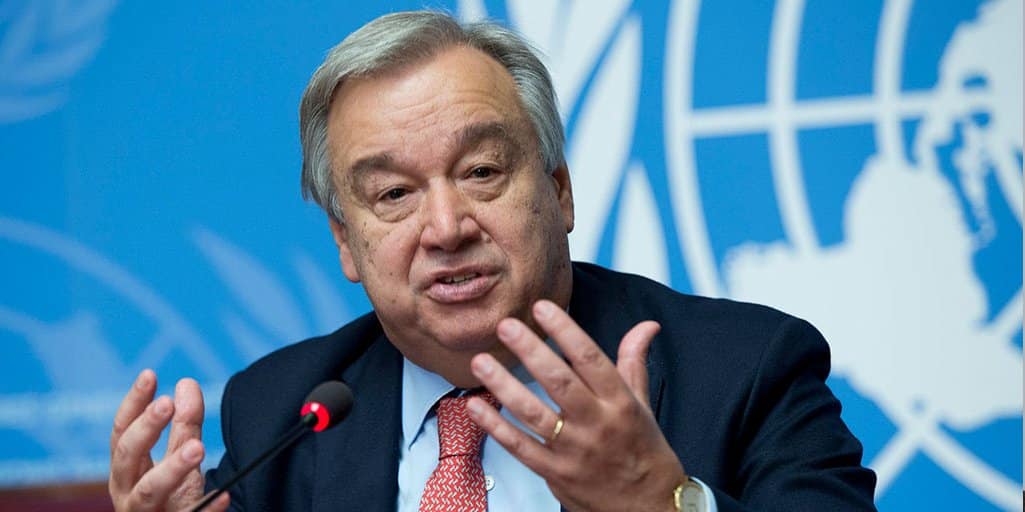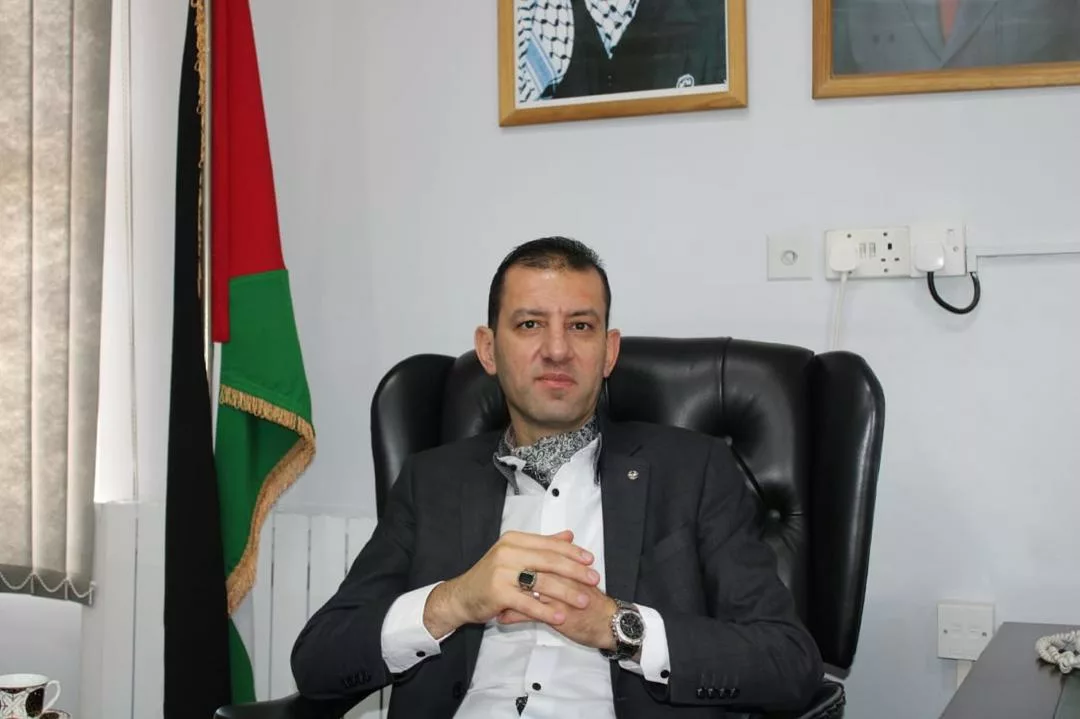|
Getting your Trinity Audio player ready...
|
By Veritas
Concerning Gross Human Rights Violations and Dignity of Victims
Recently, the world commemorated the International Day of the Right to the Truth concerning Gross Human Rights Violations and Dignity of Victims. The day is also known as Truth Day. Truth Day was established in 2010 by the United Nations General Assembly in memory of Salvadoran Roman Catholic Archbishop Romero who was assassinated whilst saying mass on 24 March 1980. As The Voice of the Voiceless, he was determined to uncover the truth about the murders, abductions, and torture and hold the Government which was perpetrating them accountable. The United Nations set aside the day to remind nations of the importance of truth when it comes to the State’s duty to protect and guarantee human rights and to effectively investigate and give effective remedies and reparations to victims. Unlike many United Nations Days, Truth Day does not have a particular or set theme for each annual day – perhaps because the name of the day itself sets the theme.
The Importance of Truth Cannot be Overstated
In his 2021 message for Truth Day, UN Secretary-General, Antonio Guterres, said that “without truth, there can be no justice or reparation”. He also said that “the truth is an empowering and healing force. We embrace it for the past, the present and the future”. There are many truths that Zimbabweans are owed. If we are to go forward as a nation, the time has come for us to be accountable in all areas, no matter how painful. Truth is the beginning of the healing and unity process.
In a country such as Zimbabwe that has suffered waves of oppression and violence throughout its history, the importance of truth in achieving peace and reconciliation cannot be understated. It is only through truth that the nation can heal from past injustices. It is only through the truth that we can to unify the country through reconciliation.
National Peace and Reconciliation Commission [NPRC]
Soon there will be interviews for new Commissioners to sit on the NPRC Commission; see Commissions Watch 6/2021[link]. One hopes that the candidates and the Parliamentarians interviewing them know how grave and important a task the NPRC has. Although truth-telling leading to reconciliation is a long process, so far not a great deal of headway has been made.
Although the 2013 Constitution made provision for a National Peace and Reconciliation Commission [NPRC] and the Constitution outlined the functions of the Commission, the enabling Act setting up its administrative and financial framework was not gazetted as law until 5th January 2018.
One of the important functions of the NPRC, amongst others, is bringing about reconciliation by encouraging people to tell the truth about the past and facilitate the making of amends under section 252 of the Constitution.
Much has been written about the Liberation War, including patriotic histories, but there are still unknowns: missing persons, unidentified bodies; other voices to be heard, other truths to be told. One of the most important issues causing divisiveness in the country is the Gukurahundi Massacres of the 1980s. For decades this has been a contentious matter. Although the work already carried out by the NPRC is not to be ignored, there is still much ground to be covered. The people of Matabeleland still have little to no answers to the question of why so many civilian killings took place. They still suffer the consequences of what happened, such as the pain of not being able to bury their dead and not being able to access birth certificates just to name a few. For this region to heal they need to know the truth. They deserve a true account of events, the places where they happened, specific circumstances, participants, and the reasons behind the violation.
There is also still a great deal to uncover about the truth of the July 2008 violence after an inconclusive Presidential election. More recently the recommendations of the Motlanthe Commission following the post–July 2018 election violence have not yet been implemented. Daily there are injustices that take place throughout the nation. They vary in magnitude but one thing remains the same – the truth is needed so justice and peace can prevail.
How Long Before Zimbabwe gets Truth, Peace and Reconciliation?
When its new Commissioners have been chosen and sworn in, the NPRC will be faced with a mammoth country-wide task. It started its work long after the Constitution envisaged it starting and its duration is uncertain, as explained below.
Section 251 of the Constitution fixes the life of NPRC at ten years from the “effective date” of the Constitution, i.e., 22nd August 2013. Because of the Government’s delay in passing an enabling Act, it has only been effectively working for a few years although a small amount of work was done prior to the enabling Act. After official insistence that the Commission’s life would still terminate in August 2023, a High Court application was launched in early 2019 seeking a different interpretation of section 251 in light of the Government’s delay. The application was strongly opposed by the Government, but on 13th March 2019 Justice Mafusire, in a puzzling but welcome judgment [link] granted the application and ordered that the Commission “shall have tenure of life of ten years deemed to have commenced on 5 January 2018 with the gazetting as law of the National Peace and Reconciliation Act”. The Government then appealed against this decision, and the result of the appeal has not been announced. This leaves uncertainty as to whether the NPRC will be able to complete its constitutional mandate in whatever may be left of its lifespan.
The NPRC has been dilatory in issuing its annual reports [ 2018 [link] and 2019 [link] reports were only tabled in Parliament in October 2020, well after the prescribed time limits].
In its report for 2019, the NPRC referred to the uncertainty about its duration and claimed “that by 2022 it will have initiated and enabled a healing and reconciliation process as well as put in place collaborative mechanisms for consolidating the nation’s capacities in handling conflicts and sustaining peace” – which falls short of an assertion that it will have completed its mandate by 2023.
Currently, the NPRC has a chairperson – Retired Justice Nare – but no other members whatsoever. One vacancy arose in early 2020 when a member resigned, and the other seven vacancies occurred at the end of February this year when the remaining members came to the end of their terms of office. They are now being replaced but any new members appointed will probably have to undergo some training on their mandate before they can be effective.
Whether the NPCR has just over two years of constitutional life left or, if the Government’s appeal does not succeed, another seven years to run, members of the soon-to-be-reconstituted NPRC – whether new or reappointed [six ex-members are candidates for interviews] – are challenged to be daring, to be transparent, to be accountable and to be effective.
What Next after the NPRC’s Term Comes to an End?
Whether there are two years or seven years left of the NPRC’s lifespan, the task of truth-telling and reconciliation leading to healing of divisions, inclusiveness, and peace must continue.
As Veritas has said previously, the work of the NPRC need not come to an end when the ten years prescribed by the Constitution expires. An amendment to the Constitution is not essential. An Act of Parliament – if necessary, introduced by means of a Private Member’s Bill – could continue the NPRC with a similar structure and mandate.






